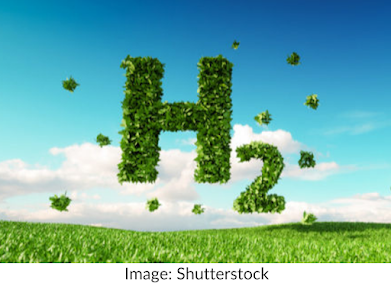MIT Splash 2020!
In the spring of last year, I traveled with my family to Cambridge, MA to participate in MIT Spark, a two day program where middle school students attend classes taught by MIT students. I enjoyed the program so much, and decided to participate in the high school version called MIT Splash this year. I was a bit bummed that the program would be virtual this year, since I would not be able to participate in as many classes as last year (because I can't stare at a screen for an entire day with only small five minute breaks) or get to walk around MIT's amazing campus. I attended ten awesome classes, each lasting one to two hours. The three below were my personal favorites!
(Note: all content that I talk about as well as the images came from the MIT students teaching the classes!)
1. How to Think About Four Dimensions and Beyond!
Before attending this class, I had watched some videos about what different objects would look like and behave in higher dimensions, so I was interested in learning more with this class. Our instructor prepared interactive slides that aided in visualizing higher dimensions. They explained what Cartesian coordinate systems are; they are essentially points on number lines that can be combined on a coordinate plane. They explained these simple coordinate planes can be warped and folded to create coordinate systems on different shapes, even complex shapes like a bagel (torus) shape or even a mammoth shape! I learned that a manifold (displayed on a mammoth shaped surface) is the data of the space and coordinate systems. To study these complicated spaces, which humans may not really grasp, can use what they know, Cartesian coordinate systems to find coordinates on these surfaces.
Creating a cube in the 4-D coordinate system would result in a hypercube, (which looks super cool). There are different perceptions, or ways to view a hypercube in the third dimension, which are, orthographic perspective (which looks really crazy), and adjusted perspective (my personal favorite).
2. Nano Satellite- Project and Design
Nano satellites are tiny enough to fit between your fingers yet extremely powerful in large groups. One satellite system that we learned about that I found particularly interesting is the ADEFS-I satellite project. In this project, nano satellites, the size of post it notes, are deployed in space to orbit the Earth.
Satellites run into three main issues, low temperature, space radiation, and radio transmission. Phased testing of the satellites will determine whether they are able to withstand these factors, given their weight and dimension characteristics. Small corrections to the structural and technological solutions of the satellites, as well as changes to design methods and circuits used, to ensure durability against radiation, are made throughout the testing process. The launch of these exciting new satellites is scheduled for February/March of 2021!
3. Exploring the Solar System
I had previously learned a bit about our solar system at school and through my own means, and was interested to see if I could learn anything new! The solar system is named after our sun, named Sol in latin. I knew that there were stars bigger than the sun, but I did not realize how small in size the sun actually was compared to them! The sun is made up of layers, the core, convection zone, subsurface flow, photosphere, chronosphere, and the corona; Earth is actually in the outermost layer, which means that we technically live inside of the sun. Solar winds, a flow of charged particles originating from the sun’s surface, can reach as far as Pluto, which is amazing since Pluto is 40 times the distance that Earth is from the sun. Earth’s magnetosphere protects us from these winds. The interaction between the charged particles of the solar winds and molecules in the atmosphere interact to create the Aurora Borealis. All stars have a certain lifespan, with stars with less mass, having the longest ones, contrary to what I previously thought. Medium stars like our sun will live until they run out of hydrogen.
Gas giants, also called jovian planets have no surface, and actually all have rings (not just Saturn), and are made up mostly of hydrogen and helium. Some fun new facts that I learned about each gas giant are that Jupiter is the fourth brightest object that we see from Earth and has 79 confirmed moons, with four being the most interesting; Io is the most volcanically active object in the solar system, Europa may be home to life, Ganymede is the largest moon in the solar system, and Callisto may have an ocean. Saturn is less dense than water has the most number of rings and moons (all frozen) of all the planets. Uranus has a 90 degree tilt on its axis, making it look like a rolling ball. Methane gives Uranus and Neptune their blue color.











Comments
Post a Comment